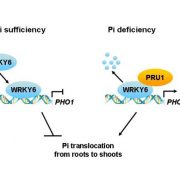
Phosphate Translocation from Roots to Shoots is Precisely Modulated
Research, The Plant Cell, The Plant Cell: In a NutshellYe et al. discover a protein that mediates phosphate translocation and is dependent on environmental phosphate supply. Plant Cell (2018). https://doi.org/10.1105/tpc.17.00845
By Qing Ye and Yi-Fang Chen
Background: Phosphorus is a major essential nutrient for plant growth and development, and phosphate…
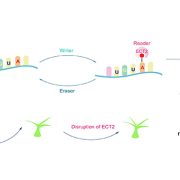
Function of m6A in Arabidopsis
Research, The Plant Cell, The Plant Cell: In a NutshellWei et al. Study m6A binding protein ECT2 in Arabidopsis. The Plant Cell (2018). https://doi.org/10.1105/tpc.17.00934
By Lian-Huan Wei
Background: N6-methyladenosine (m6A) is the most abundant chemical modification of eukaryotic messenger RNA (mRNA). The regulation of m6A modification plays important…
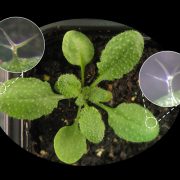
Decoding RNA Methylation Regulates Trichome Branching
Research, The Plant Cell, The Plant Cell: In a NutshellScutenaire et al. show that a YTH domain protein acts as a reader of m6A mRNA modifications, thereby playing crucial roles in trichome branching, likely by acting on mRNAs in the cytosol. Plant Cell (2018). https://doi.org/10.1105/tpc.17.00854
By J. Scutenaire and C. Bousquet-Antonelli
Background:…
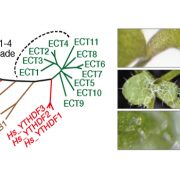
Digging into the Big Family of Plant m6A Readers
Research, The Plant Cell, The Plant Cell: In a NutshellArribas-Hernández et al. find that the N6-methyladenosine RNA binding proteins ECT2, ECT3, and ECT4 are required for the correct timing of leaf formation and correct leaf and trichome morphogenesis. Plant Cell (2018). https://doi.org/10.1105/tpc.17.00833.
By Laura Arribas-Hernández
Background:…
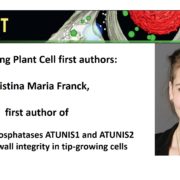
Recognizing Plant Cell first authors: Christina Maria Franck
Blog, The Plant Cell, The Plant Cell: Author ProfilesChristina Maria Franck, first author of The protein phosphatases ATUNIS1 and ATUNIS2 regulate cell wall integrity in tip-growing cells
Current Position: Post-Doctoral position at the Department of Plant and Microbial Biology, University of Zürich (Switzerland)
Education: PhD in Botany, University…

Update: Genetic engineering, synthetic biology and the light reactions of photosynthesis
Blog, Plant Physiology, Plant Physiology: UpdatesBy Dario Leister
Applications of synthetic biology to photosynthesis currently range from exchanging photosynthetic proteins to the utilization of photosynthesis as a source of electrons for entirely unrelated reactions.
Oxygenic photosynthesis is imperfect and the evolutionarily conditioned patchwork…
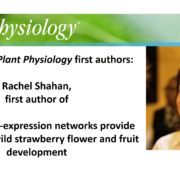
Recognizing Plant Physiology first authors: Rachel Shahan
Blog, Plant Physiology, Plant Physiology: Author ProfilesRachel Shahan, first author of Consensus co-expression networks provide insights into wild strawberry flower and fruit development
Current Position: Postdoctoral researcher, Biology Department, Duke University
Education: PhD in molecular genetics at the University of Maryland (2018), BS in Biology…
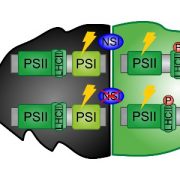
Regulation of Photosynthesis: Shedding Light on Protein Acetylation
Research, The Plant Cell, The Plant Cell: In a NutshellKoskela and Brünje et al. identified a chloroplast protein acetyltransferase, which is required for the regulation of light harvesting in Arabidopsis. Plant Cell (2018) https://doi.org/10.1105/tpc.18.00155.
by Minna M. Koskela, Annika Brünje, Iris Finkemeier, Paula Mulo
Background: Plants…
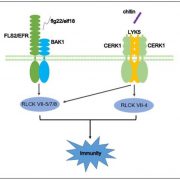
The role of the seventh subfamily of cytoplasmic receptor kinases in plant immunity revealed by genetics
Blog, Plant Physiology, Plant Physiology: EditorialsSource: Institute of Genetics and Developmental Biology Published: 2018-07-09 http://www.cas.cn/syky/201807/t20180704_4657120.shtml Translation by Google
Pattern recognition receptors (PRRs) on plant cell membranes recognize some of the conserved molecular patterns derived from pathogens that…

